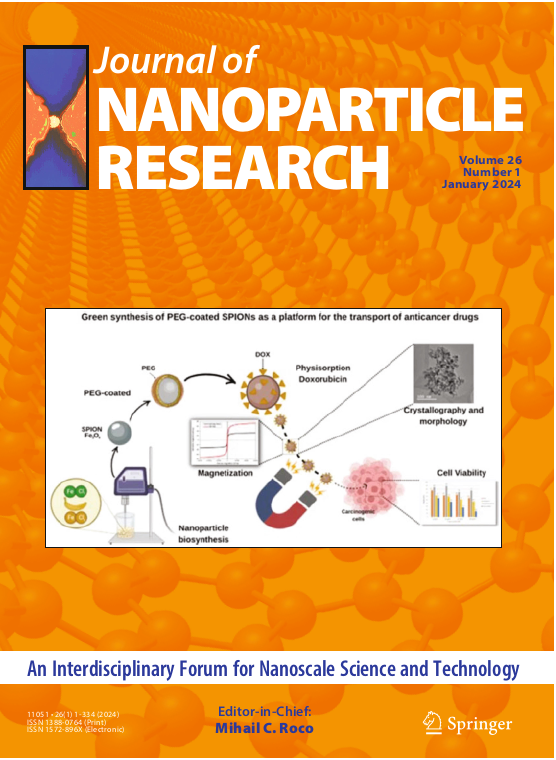Facile fabrication of 3D silver micro-particles with nano-flower structured surface and their evaluation as a surface enhanced Raman spectroscopy substrate
Abstract
Attractive flower-shaped silver nanostructures with abundant nano-gaps were synthesized by a rapid one-step chemical reduction method at room temperature in the presence of as reducing agent and PVP as surfactant. The morphological and optical properties of the obtained 3D silver nano-flowers (AgNFs) were characterized by FE-SEM, XRD, and UV-VIS spectroscopy. The SEM images revealed the formation of AgNFs with high nano-textured surface morphologies. The AgNFs obtained at high phenylhydrazine concentration favor the nanoscale roughness that contributes significantly to the high sensitivity of surface-enhanced Raman scattering (SERS) activity. The AgNFs were found to possess excellent stability and can be stored for several months. SERS substrates had a limit of detection (LoD) of 2.1×10−7 M obtained for Rhodamine B (RhB). Furthermore, two chloride salts (NaCl and MgCl2) were added to AgNFs suspension to improve the SERS signal. Under optimal conditions, the SERS substrates prepared with various salts exhibit increased sensitivity and higher intensity levels compared to those without the addition of salts. The SERS substrates showed an enhancement in LoD on the order of 10−9 M obtained for both RhB and rhodamine 6G (Rh6G) used as SERS probes. This work shows a promising approach to developing a SERS platform for the detection of organic chromophores.


 求助内容:
求助内容: 应助结果提醒方式:
应助结果提醒方式:


